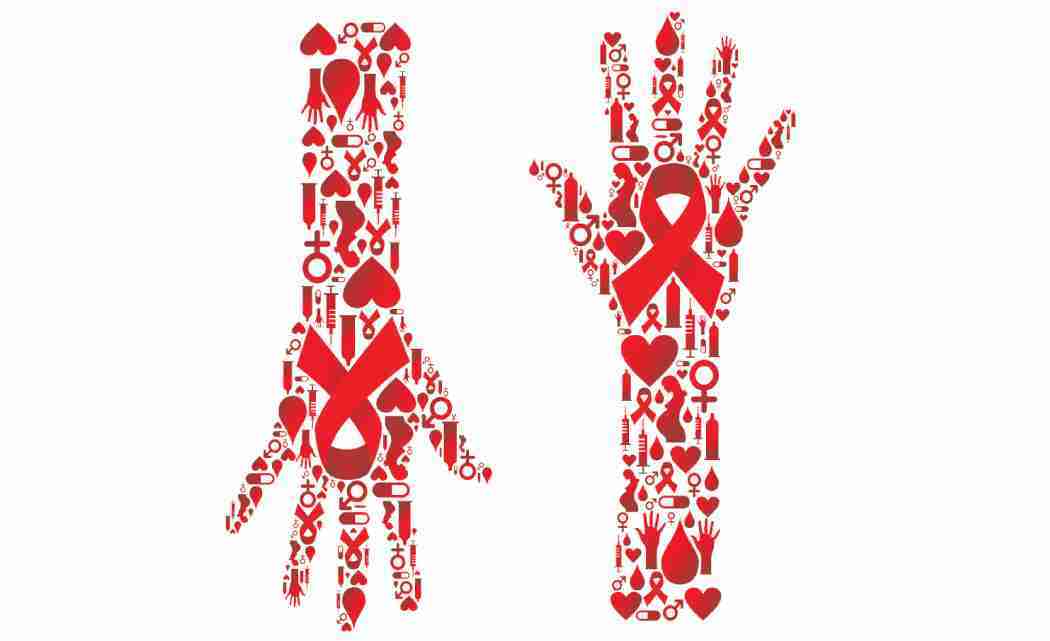By MATTHEW R. BAILEY
AIDS could soon be history.
Pharmaceutical company Johnson & Johnson recently announced plans to test an experimental HIV vaccine in the United States, South America, and Europe. It’s already conducting a clinical trial of the vaccine in Africa, with results expected in 2021. If successful, this research could yield a workable vaccine within 10 years.
AIDS was once a death sentence. A quarter-century ago, HIV/AIDS was the leading cause of death among Americans aged 25 to 44. But over the last four decades, scientists have made significant progress against the disease and the virus that causes it. Today, someone diagnosed with HIV can expect to live approximately as long as someone without the disease, thanks to the latest antiretroviral treatments.
Research in animals made that progress possible — and put a vaccine within reach.
Yet HIV remains a public health crisis. More than 1 million Americans have the virus, as do about 38 million people around the world. In Sub-Saharan Africa, one of the regions hardest hit by HIV, almost one in 25 adults is infected with the virus.
Animal research has been crucial for every major breakthrough in HIV treatment, in part because HIV is very similar to the simian immunodeficiency virus, which infects chimpanzees and macaques. Consequently, non-human primates were instrumental in testing the safety and effectiveness of the earliest antiretroviral treatments, including AZT — the first drug approved by the U.S. Food and Drug Administration to treat HIV/AIDS.
Animals also aided the development of a revolutionary drug called saquinavir. After research in animals demonstrated the drug was ready for clinical trials, saquinavir went on to become the first FDA-approved protease inhibitor. Almost immediately, use of this class of drug helped bring about a drop of between 60 and 80 percent in rates of AIDS-related deaths and hospitalizations in countries that had access to it.
More recently, studies showing that macaque monkeys could be immunized against SIV helped demonstrate the feasibility of an HIV vaccine.
In July, researchers eliminated HIV from the genome of a mouse using antiviral therapy and CRISPR-Cas9 gene editing. It was the first time they’d been able to do so in any animal — and could represent a step toward eradicating the virus in humans.
Despite delivering important scientific victories, animal research is under attack. Many activists allege that all research on animals is cruel — and that computers can simulate much of the research traditionally conducted in animals. They’ve found sympathetic ears in Congress, as lawmakers have introduced several bills that would limit the use of animals in research, including two specifically singling out dogs and cats.
But their case is weak. Animal research is carefully and ethically performed. Regulations governing such research in the United States reach further than those pertaining to research on humans. Researchers are required to provide quality food, shelter, and medical care to animal subjects. That includes administering anesthesia for potentially painful procedures.
Those powerful new computers and the use of artificial intelligence, meanwhile, are no match for the complexities of biology. Computer models are useful for studying things scientists fully understand and can replicate. But HIV can interact with living organisms in more ways than even the most robust simulation could ever consider.
Ending a scientific practice that could help defeat HIV/AIDS is reckless at best — and inhumane at worst.
Matthew R. Bailey is president of the Foundation for Biomedical Research, which aims to illuminate the essential role of animal testing and research.












No Comment